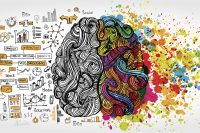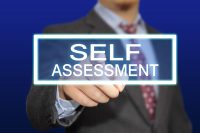Category: Learning & Development
Employees are valuing career development more than ever—it’s a sign that the company is willing to invest in their future. How are businesses approaching training today? What are their pain points, and what topics are being addressed in training?
A recent 2019 LinkedIn report shows that learning and development (L&D) departments won’t be as constrained by low budgets anymore as compared with previous years, and most organizational leaders and executives are seeing the value of increasing their spending on employee L&D initiatives, as well as promoting and marketing those initiatives.
In an effort to understand the top skills companies are looking for in prospective candidates this year, LinkedIn conducted a massive analysis of hundreds of thousands of job posts. As it turns out, employers are looking far beyond soft and technical skills when searching for new talent.
In an effort to understand the top skills companies are looking for in prospective candidates this year, LinkedIn conducted a massive analysis of hundreds of thousands of job posts. As it turns out, employers are looking far beyond soft and technical skills when searching for new talent.
In part 1 of this article we began to explore specific steps you can take to create an effective mentorship program. As promised, the rest of those steps are below.
Per studies highlighted by Investopedia, 71% of Fortune 500 companies have some type of corporate mentorship program. And 75% of executives from those Fortune 500 companies recognize their mentors with helping them reach their current positions. If you want to design an effective mentorship program, here are seven steps you’ll want to take.
Learning and development (L&D) is becoming a central hub for safety, innovation, and business growth in the modern-day workplace, especially in the era of evolving technology, big data and data analytics, skills gaps, workplace shootings, sexual harassment and discrimination awareness, and decreased employee engagement.
Science, technology, engineering, and math (STEM) education is becoming vital to workplaces powered by automation, artificial intelligence, machine learning, and advanced mobile and technology platforms. But should all new hires come pre-equipped with such STEM education or work experiences?
Facebook is not exempt from involvement in the growing learning and development (L&D) industry, as the company announced in 2018 that it aims to train 1 million people by 2020 with its new Learn with Facebook site. So far, it seems to be well on its way toward reaching this goal.
Yesterday’s post covered the pros and cons of employee self-assessments, and today’s post will cover how to effectively implement them.
Both employees and managers perform better when they receive regular feedback, and employees state that they desire more feedback from their bosses, leading many organizations to get rid of their annual employee performance reviews or supplement them with more regular forms of employee feedback, like employee self-assessments.










